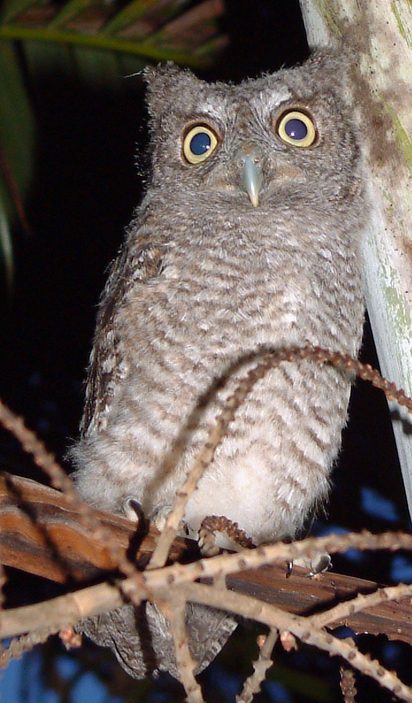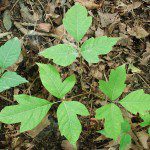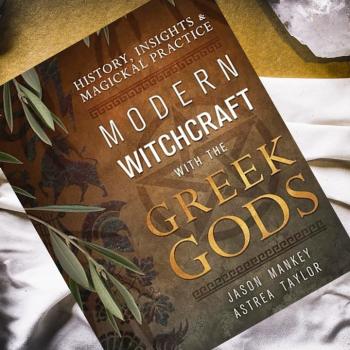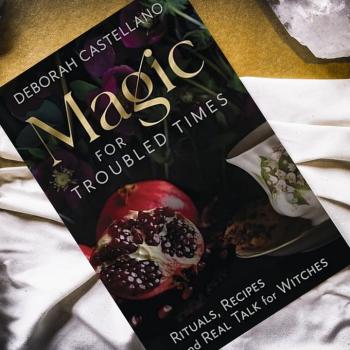A couple of summers ago I took my Environmental Sociology students (all three of them—hey, it was summer!) on an evening walk around the lovely park across the streetcar line from our university in uptown New Orleans. We had been talking about bioregionalism, a kind of environmentalism that focuses on the importance of developing a deep understanding of and relationship with the ecosystems that we’re embedded in wherever we happen to live. It’s a philosophy that overlaps well with my own passions; for the last few years I’ve been working on becoming something of an amateur naturalist (not to be confused with naturist :))—someone who is well-versed in a region’s natural history and can identify a wide variety of plants and animals. I wanted to show my students some of the basic species of trees and critters in our immediate community and see how many they were already familiar with. The BP crisis was ongoing at the time and the Gulf was full of oil; it seemed like a good idea to take a break from the anger and the heartbreak, get out of the classroom for a while, and enjoy some of our not-quite-natural urban park beauty.
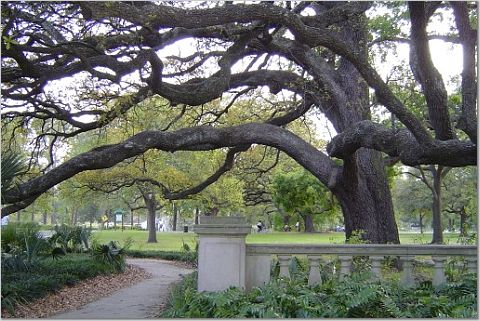
I’m not quite sure how or why I first got started on my project to develop some minor expertise in our local urban environment—I suppose it’s been a natural outgrowth (so to speak) of both my professional and my personal/spiritual interests. I tend to define myself as a “green witchy sort of Druid,” but like many Pagans I don’t fit into any of those categories neatly. Books on green witchcraft tend to focus on learning to communicate with fairies, dryads, elementals, etc. and to work with herbal medicine and magick, and I’ve never really been interested in emphasizing those sorts of practices. I do grow a lot of herbs that I love, but they’re for beauty and interest and cooking; I’ve never developed a psychic connection with my basil or sensed a deva amongst the oregano. I’m also very happily active in an OBOD grove, but like much Druidry it’s often focused on the ecosystems, mythologies, and sacred sites of the UK. I’ve found that I need to supplement those studies with a strong grounding in the very different sort of place that I actually live in. I’ve become a sort of pantheist/animist hybrid, trying to develop respectful relationships with everyone who lives around me of whatever species (fire ants being a key exception) and to maintain a greater awareness of how we all fit together.
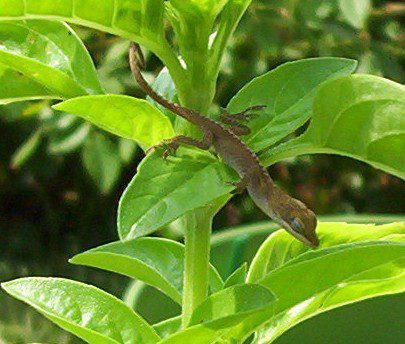
For me, the fact that I’m doing this in a mostly urban environment makes things that much more interesting. There’s no wilderness here, and the bayous that still exist on the outskirts of the city are full of illegally dumped trash and construction debris and contaminated with petrochemicals. But post-Katrina New Orleans isn’t that big a city, and while there may not be wilderness, there is a surprising amount of wildlife—a vast array of plants and animals that have successfully adapted to our human-built environment. A lot of it is in our parks, but there’s a lot to see just walking around the streets, too. I’m amused sometimes to realize that our non-human residents probably don’t pay much more attention to us than we do to them—for everyone else in the city, the humans are just background noise and occasional nuisances (although we do sometimes make ourselves useful by providing food sources!).
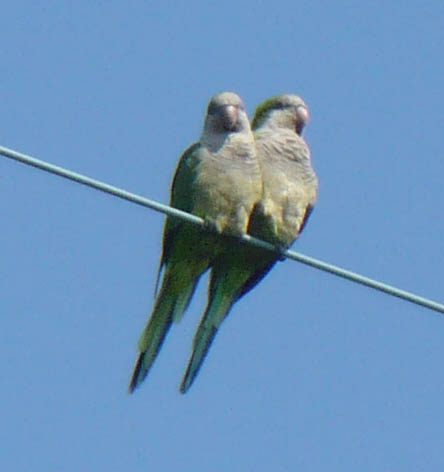
At this point I don’t consider myself much more than an advanced beginner in my local nature studies, but sometimes I realize that my intermittent, very amateurish efforts to look up anything I see or hear that I can’t identify have apparently elevated my meager skills to way above average. As my three students and I began our long meander around the park that evening, I was slightly stunned to find that they were amazed at my ability to tell a sweetgum from a sycamore. I pointed out the differences between live oaks and water oaks, showed them funky-shaped trees that had lost a chunk of their upper branches in Hurricane Katrina, and demonstrated how the bark peels from the several small river birches that were planted around the perimeter of the park after the storm. We checked out cypress trees with their knees sticking out of the soil, a variety of large long-legged water birds with different beak shapes, and several lovely wildflowers. We then headed across Magazine Street, on the opposite side of the park from the university, and stood awestruck at our local “tree of life”—an enormous live oak on the edge of the zoo, more properly dubbed the Etienne de Boré Oak, a proud member of the Live Oak Society. Heading back to the university up the other side of the park, we had fun listening to the green tree frogs singing (they make more of a honking noise, really!) as the sun went down. One of the three students, an avid runner, said “You know, I run around this park almost every day, and I’ve never really seen all this—it’s so different just walking and listening and looking around.”
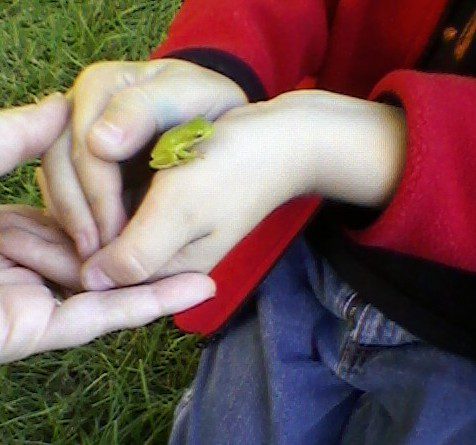
I’ve come to realize that walking and listening and looking around is one of the core components of my own Pagan practice. That makes me an odd sort of Pagan, in some ways. I’ve never been able to bring myself to believe that magick works on anything more than a psychological level, or that the god/desses are literal independent entities that we can forge relationships with. I do a little meditation, but often find that when I go out on the balcony to get started I’m as likely to end up sitting there watching a yellow-bellied sapsucker in the live oaks or a Mississippi kite circling overhead as I am to do anything more “spiritual” (which is one reason I often try to meditate out there at night—fewer distractions!). It may seem awfully mundane, but as it turns out, I really like mundane stuff. I’m not really interested in traveling around the country to try and glimpse hard-to-find species of birds, or in going on expeditions to look for wild tomatoes in their native habitat, or in playing ecotourist in the rainforest. Admittedly, if I had the time and the funds, all of those things might be a lot of fun. But right now, I’m just interested in finding out who the people in my neighborhood are—particularly the ones who aren’t human.
